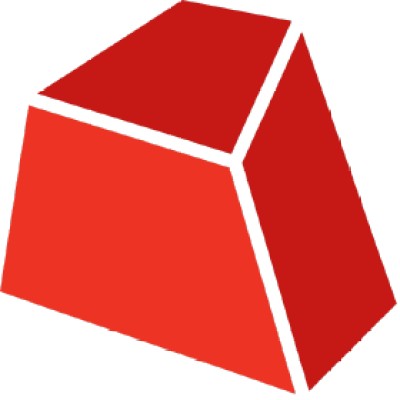
Playbook 3D envisions a future where creative expression in three-dimensional spaces is accessible, collaborative, and enhanced by intelligent technology. By integrating generative AI with real-time 3D scene creation, the company aims to transform how visual storytellers, designers, and filmmakers shape immersive worlds without the constraints of specialized hardware.
At its core, Playbook 3D is building a cloud-native platform that empowers teams to co-create with precision, harnessing AI-driven rendering and advanced camera controls to bring imagination to life at unprecedented speed and scale. This platform is a catalyst for a new era in spatial computing and virtual production where creativity meets cutting-edge technology to redefine media creation workflows.
Through continuous innovation in AI-powered rendering and collaborative tools, Playbook 3D strives to democratize access to high-fidelity 3D design and production, enabling creators everywhere to pioneer bold new forms of immersive content and storytelling that resonate deeply in a digital-first world.
Our Review
We've been tracking Playbook 3D since its early days as Playbook XR, and honestly, we're impressed by how this Los Angeles startup has evolved. What started as another 3D collaboration tool has morphed into something genuinely different — a web-based platform that marries generative AI with precise 3D scene control in ways we haven't seen before.
The core premise is brilliant: instead of wrestling with expensive hardware or learning complex 3D software, creators can jump into a browser and start building scenes that look professionally rendered. It's like having a Hollywood-grade virtual production studio that runs on your laptop.
The AI Magic That Actually Works
Here's where Playbook 3D gets interesting. Rather than training their own AI models from scratch, they've cleverly built their diffusion-based render engine on top of open-source models like Stable Diffusion. This means you can import basic 3D objects and watch the AI "retexture" them with photorealistic materials and lighting that would normally take hours to set up manually.
We tested this with a simple scene — think basic geometric shapes — and watched it transform into something that looked like it belonged in a Pixar film. The frame-to-frame consistency in video output is particularly impressive, solving one of the biggest headaches in AI-generated video content.
Built for Real Collaboration
The Google Docs-style collaboration feature isn't just marketing fluff — it actually works. Multiple team members can edit the same 3D scene simultaneously, which sounds chaotic but feels surprisingly natural in practice. We can see why filmmakers and design teams are gravitating toward this approach, especially for rapid prototyping and iteration.
The fact that everything runs in a web browser eliminates the usual friction of software installations, version compatibility, and hardware requirements. It's the kind of accessibility that could genuinely democratize 3D content creation.
Who Should Pay Attention
Playbook 3D makes the most sense for creative teams who need to move fast and experiment freely. The company proved this point themselves by creating "Skillet & The Jetport Diner," a complete AI-animated short film in just three days for Amazon's filmmaking competition. That's the kind of turnaround time that gets studio executives' attention.
For traditional 3D artists who love getting deep into mesh topology and manual lighting setups, this might feel limiting. But for directors, producers, and creative teams who want to focus on storytelling rather than technical implementation, Playbook 3D offers a compelling shortcut to professional-quality results.
Feature
Web-based 3D scene editor with import and positioning of GLTF/GLB models
Generative AI-driven retexturing of 3D scenes via diffusion technology
Fine camera and scene controls including layering, masking, and advanced color grading
Cloud-based real-time multi-user collaboration
Support for image, video, and real-time 3D output formats with consistent rendering
Enterprise-grade features including scalable reusable design systems, legal asset tracing, privacy, commercial rights, and priority team support and training








